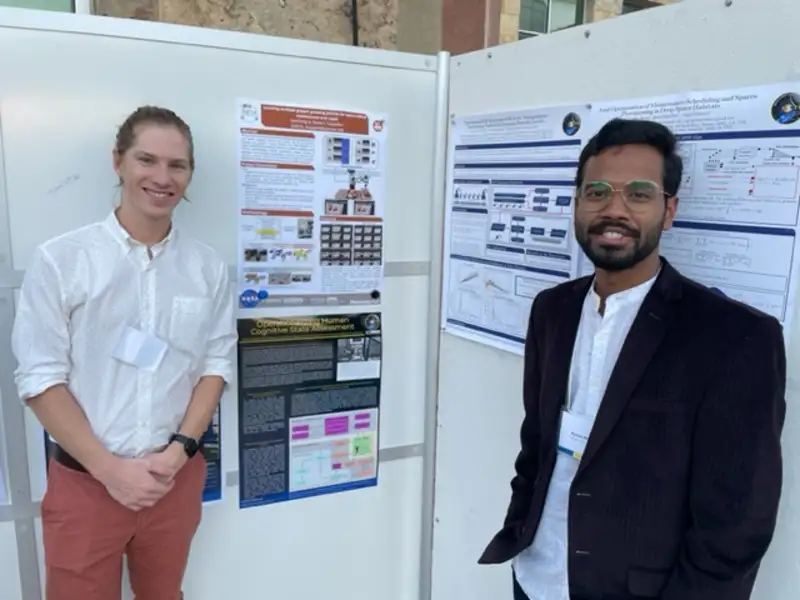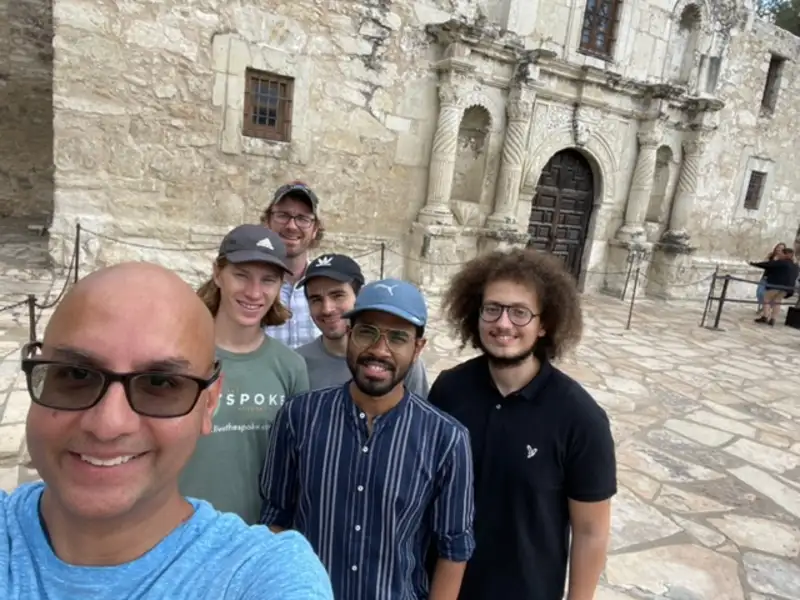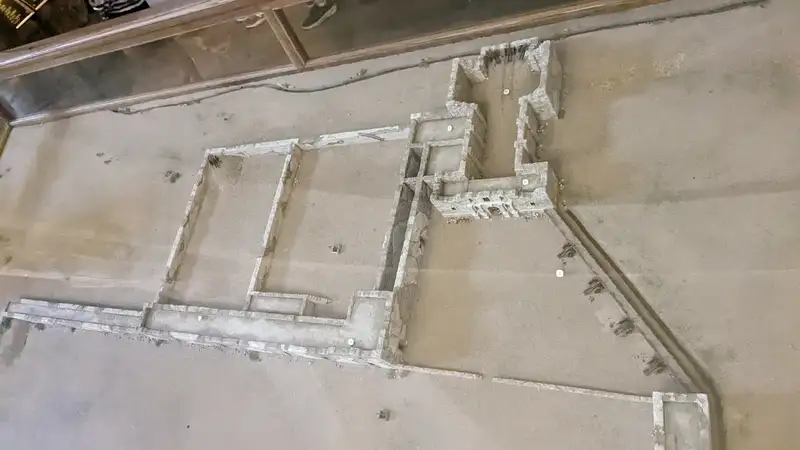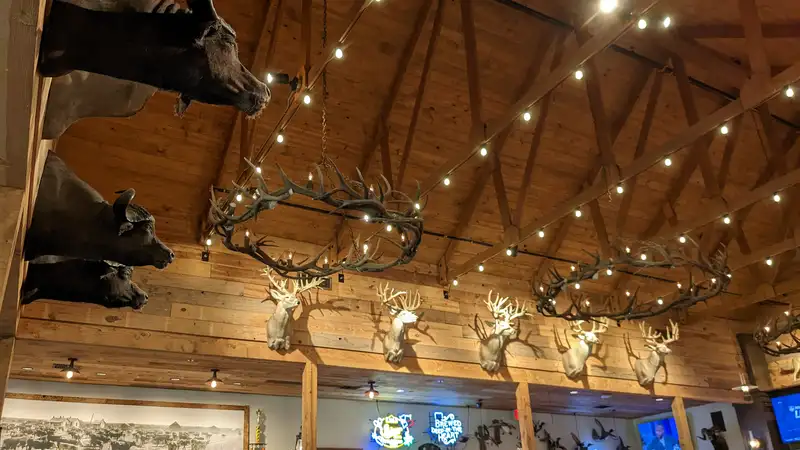Smarthab Workshop
I had the opportunity to travel to San Antonio, Texas, to explore ideas and challenges related to Smart Habitats. The attendees came from two major research institutions: Habitats Optimized for Missions of Exploration (HOME-STRI) and the Resilient Extra-Terrestrial Habitats (RETH) Institute. NASA experts, space industry partners, university researchers, and students collaborated to find connections and differences in our research directions.

My poster, titled “Operationalizing Human Cognitive State Assessment,” describes my proposed experiment to understand how people self-evaluate their trust in a robotic agent while completing a cooperative task. The experiment’s goal is to use these evaluations to optimize robotic decision-making when working with a human.
Communication delay is an important consideration in extending habitats further from the earth. Previous operations from low earth orbit or Apollo only had a few seconds of delay. This allows the primary decision entity to stay on the ground. Future habitats must encapsulate the information previously gathered from backrooms in mission control to an agent on board the habitat. Mission control will generally be responsible for long-term projections, scheduling, and big irreversible decisions.
Remember the Alamo
We also spent some time exploring the city. The River Walk is a must-visit for tourists. The precarious walkway is lined with restaurants, bars, and music. You can even be a part of the Walk itself while people on the river cruise by on their narrated tours.

We also spent a good part of a day exploring the site of the Battle of The Alamo. I love the strategic aspect of historical wars and battles. I long analyzed how the fortifications allowed the Texans to defend their base.

We stopped by Pinkerton’s Barbecue for some fantastic ribs. I’ve never ordered cooked meat by weight in a cafeteria line, no less.
